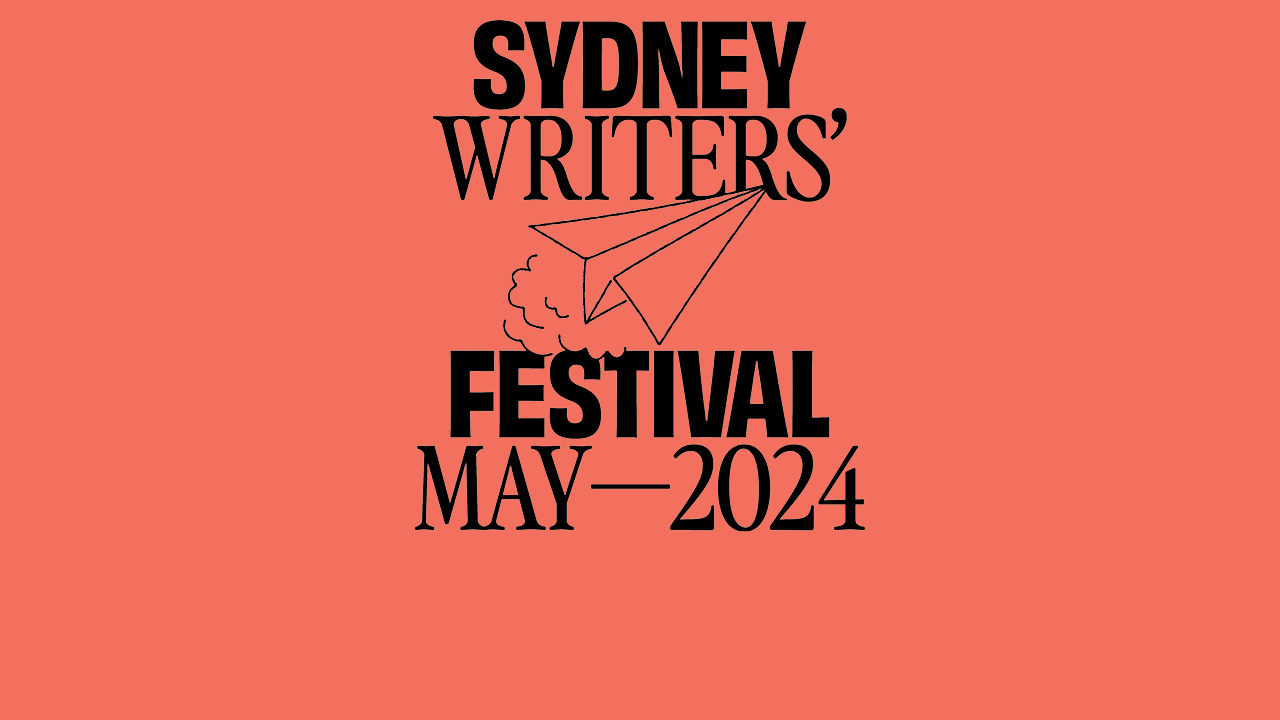Vital Systems

Music vibrates through your body. Your heart beats faster, and slower, and in rhythm with the performer.
Final-year musicians present nine diverse musical experiences. Psychologies and biologies are challenged, and the ethereal is made material. They shape sound with new technologies. They harness the beauty of voice and the force of rock percussion. They reflect and heal ruptures, collective and personal. They capture our bio-psycho-social moment.
Immerse yourself in bold works across an afternoon of big sounds and exquisite musical gestures.
Program
1.
Emma Korell
Opus Corporis
At the intersection of music, light and technology, Emma Korell’s Opus Corporis explores and celebrates our physiological systems we often take for granted. Solo saxophone, spoken prose and digital effects form four musical vignettes of the body - Respiratory, Musculoskeletal, Lymphatic and Nervous-Perceptual - which melt together amidst a projected wash of sound-reactive light and colour.
2.
Jennifer Murphy
Intercession
A contemporary reworking of four of the Movements from Ralph Vaughan Williams' 1936 cantata 'Dona Nobis Pacem', this work has been re-ordered and adapted for solo voice and piano and is accompanied by renowned singer, teacher and pianist Donna Balson. Originally set to the anti-war poetry of Walt Whitman, this reworking is also infused with the poetry of Toge Sankichi, Robinson Jeffers, Wilfred Owen and SJ Norman.
3.
Jonas Tay
The Hope of People's Voices
A world full of chaos yet no place for their voices to be heard. This performance will tell the story of what's happening in Myanmar (Burma) through the works of Daniel Saw, KPZ, and others.
Band
Lisu Art // Vocal
Michael Tint // Vocal
Aaron Oo // Electric Guitar
Ira Win // Electric Guitar
Samuel Tun // Bass
Bryan Lacambra // Keys
4.
Talia McLennan
INSCAPE
A series of works that represent my mental health journey in an art form.
5.
Patrick O'Dwyer
Wave Organ
The wave organ is a purpose built, wave-assisted musical pipe organ whose melodic throes beckon us to reconsider our crippling inaction on climate change. Designed, built and performed by fourth year music student Paddy O’Dwyer, this piece aims to captivate and inspire its listeners through the melodic ebbs and flows of the ocean’s mouthpiece, as it is slowly drowned out by our own inability to act.
Thank you: Sonya Lifschitz, Darrell Pitchford, Judith O’Dwyer, Donal O’Dwyer, Tom Peggie, Michael Kirkpatrick (Associate Professor, Sydney University Fluid Dynamics Research Group), Nadav Cohen (UNSW Water Research Laboratory), Francois Flocard (UNSW Water Research Laboratory), Daniel and Stephanie Bittner (Australian Pipe Organs), Tim N B Gilley, Class of MUSC4705, Nadya DeBeers, Seamus Field, Oliver Hahn
-
INTERVAL
-
6.
Scott Watterson
Finding Love 101
Through music and puppetry, revealing a personal journey and issues around self-esteem, ending in a riot of celebration in beginning self-acceptance...Finding Love 101.
THIS ITEM CONTAINS ADULT SUBJECTS and themes NOT SUITABLE FOR CHILDREN.
In collaboration with:
Chris Cooper // Model
Greg Howard // Film, Puppetry
Hugh Monroe // Puppetry, Singer
Kim Munro // Original film “The Rise of leather Man” (2008) excerpt, and composer ‘Just love me’.
Chris Watterson // Audio Mixing
Composition: ‘My name is Crystal Meth’, Scott Watterson with Mixing by Chris Watterson.
Wazza starred in this production.
Thank you: Sonya Lifschitz and the Class of MUSC4705, 2022.
7.
Gregory Stopic
Codex
Inspired by Simon Barker's Solo drumming performances, 'Codex' channels Barker's driving energy and complex compositional structures to create an immersive improvised Solo Saxophone set. 'Codex' celebrates my musical career during my time at university, detailing the winding road I travelled to get here and now.
8.
Byron Zeledon-Torres
Moments
From drifting inner thoughts to ethereal actualisation in three pieces of music.
Dreamscape Improvisation: Emerging thoughts
Stnemom: The process of realisation
Moments: The actualisation
All music composed by Byron Zeledon-Torres
9.
Ofri Einav
Redshift
Since the early experimentations of Clara Rockmore and the ground-breaking modern works of Imogen Heap, the idea that music can arise from the air has fascinated us. Ofri Einav’s exploratory production Redshift, named so for the optical phenomenon of celestial objects shifting redder as they move further from us, builds upon their legacy, exploring the concept of growth and expansion and delving into the emerging modern technologies that allow music to be controlled by motion.



